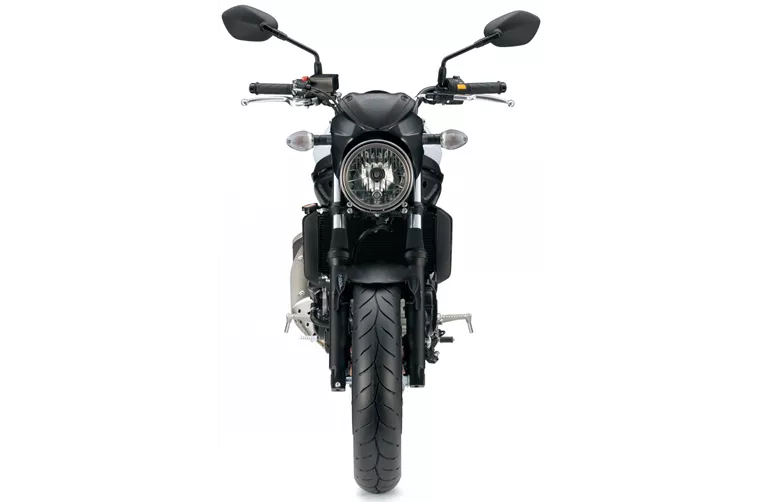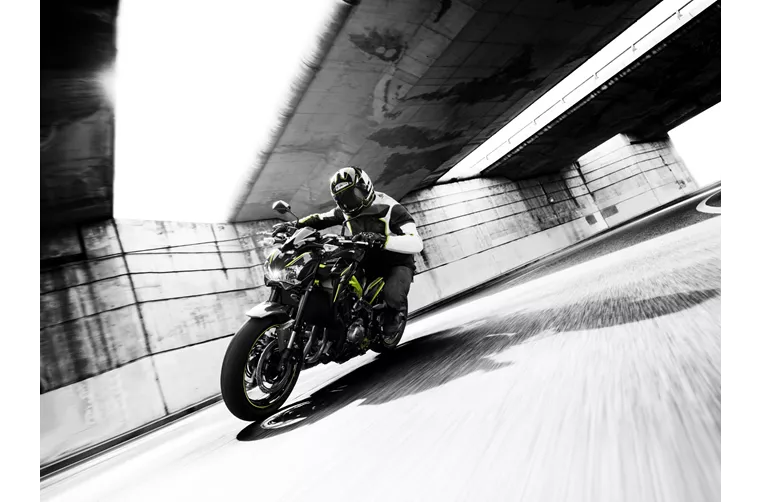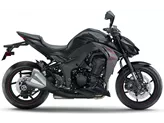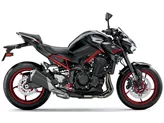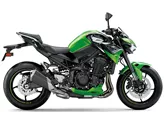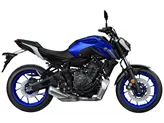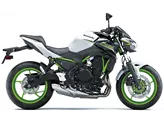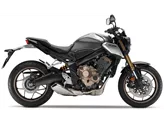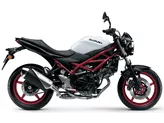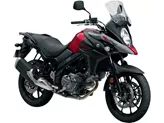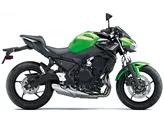Suzuki SV 650 2017 vs. Kawasaki Z900 2018

Suzuki SV 650 2017
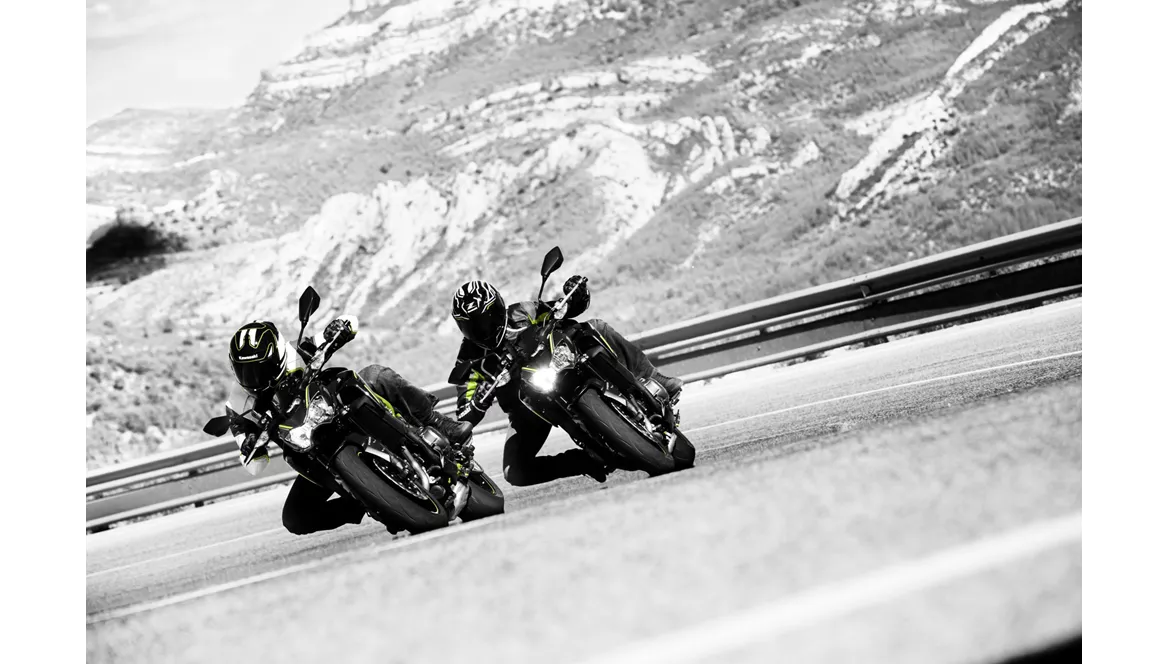
Kawasaki Z900 2018
Overview - Suzuki SV 650 2017 vs Kawasaki Z900 2018
When comparing the Suzuki SV 650 2017 and the Kawasaki Z900 2018, it is clear that both bikes have their own strengths and weaknesses.
Starting with the Suzuki SV 650 2017, it features a V-twin engine with 76 HP and 64 Nm of torque. The engine is known for its smoothness and provides a playful riding experience. The chassis of the SV 650 is also highly regarded, offering great stability and handling. The suspension consists of a telescopic fork in the front and a swing arm with a monoshock in the rear. The frame is made of steel, which provides durability and strength. The front brakes are double disk with a diameter of 290 mm and double piston calipers. The SV 650 also comes equipped with ABS for advanced rider assistance. The dimensions and weights include a front tire width of 120 mm, front tire diameter of 17 inches, rear tire width of 160 mm, rear tire diameter of 17 inches, wheelbase of 1445 mm, seat height of 785 mm, and a kerb weight of 197 kg with ABS.

Suzuki SV 650 2017
On the other hand, the Kawasaki Z900 2018 boasts an inline-four engine with 125.4 HP and 98.6 Nm of torque. The engine is known for its power and smoothness, providing a thrilling riding experience. The chassis of the Z900 is also highly praised, offering great stability and a sharp, sporty look. The suspension consists of an upside-down telescopic fork in the front and a swing arm with a monoshock made of aluminum in the rear. The frame is made of steel and features a double cradle design. The front brakes are double disk with a diameter of 300 mm and four piston calipers. Like the SV 650, the Z900 also comes equipped with ABS for advanced rider assistance. The dimensions and weights include a front tire width of 120 mm, front tire diameter of 17 inches, rear tire width of 180 mm, rear tire diameter of 17 inches, wheelbase of 1450 mm, seat height of 795 mm, and a kerb weight of 210 kg with ABS.
In terms of strengths, the SV 650 is praised for its smooth engine, playful handling, and great chassis. The Z900, on the other hand, is commended for its powerful and silky engine, great sound, sharp, sporty look, low seating position, and easy handling and manoeuvrability.
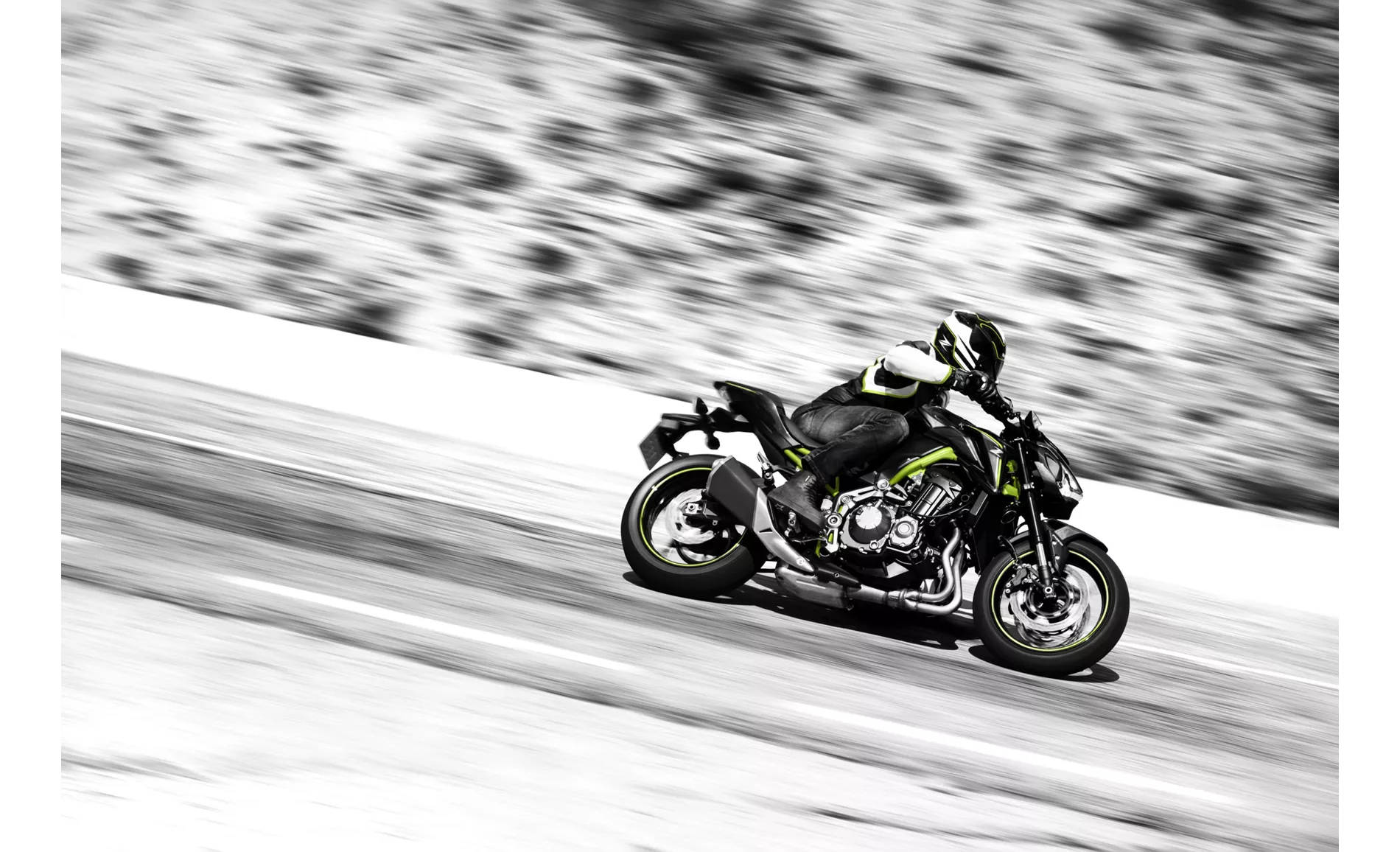
Kawasaki Z900 2018
However, both bikes have their weaknesses as well. The SV 650 is criticized for its weak brakes, which can be a concern for some riders. The Z900, on the other hand, lacks traction control and the knee angle can be strenuous for tall riders in the long run.
In conclusion, the Suzuki SV 650 2017 and the Kawasaki Z900 2018 are both impressive naked bikes with their own unique features and characteristics. While the SV 650 excels in terms of smoothness and playful handling, the Z900 stands out with its powerful engine and sporty design. Ultimately, the choice between the two will depend on the rider's preferences and priorities.
Technical Specifications Suzuki SV 650 2017 compared to Kawasaki Z900 2018
Pros and Cons in comparison
Pros and Cons in comparison
Suzuki SV 650 2017
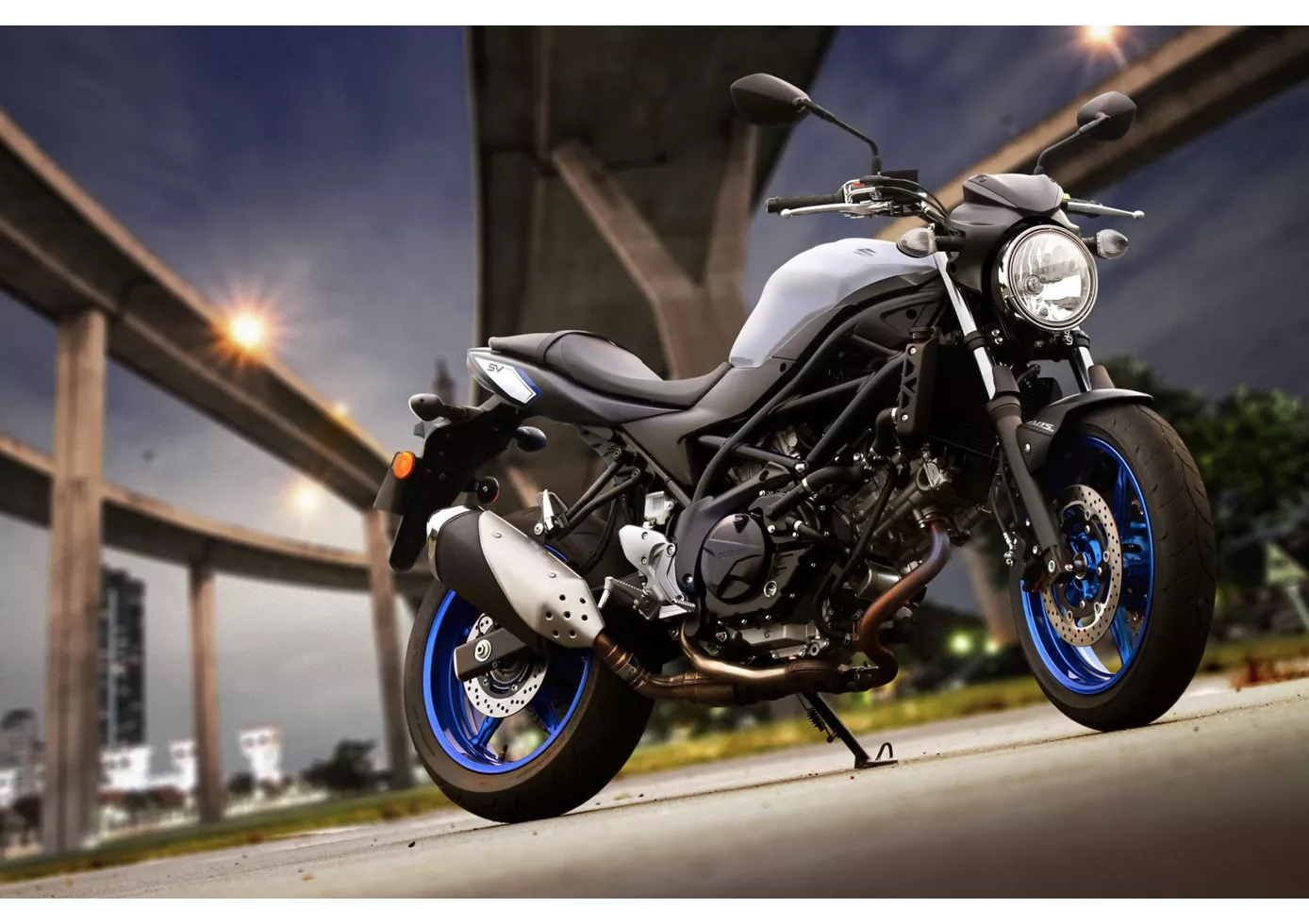
The Suzuki SV 650 is accompanied by a long history of success that is sure to continue for a long time. Its supple V2 impresses with very smooth response and plenty of torque. Compact dimensions help to make the motorbike look very compact. This will be very convenient for beginners. The chassis also scores with playful handling. Unfortunately, the braking effect is not at the level one would expect from such a powerful vehicle.
Kawasaki Z900 2018
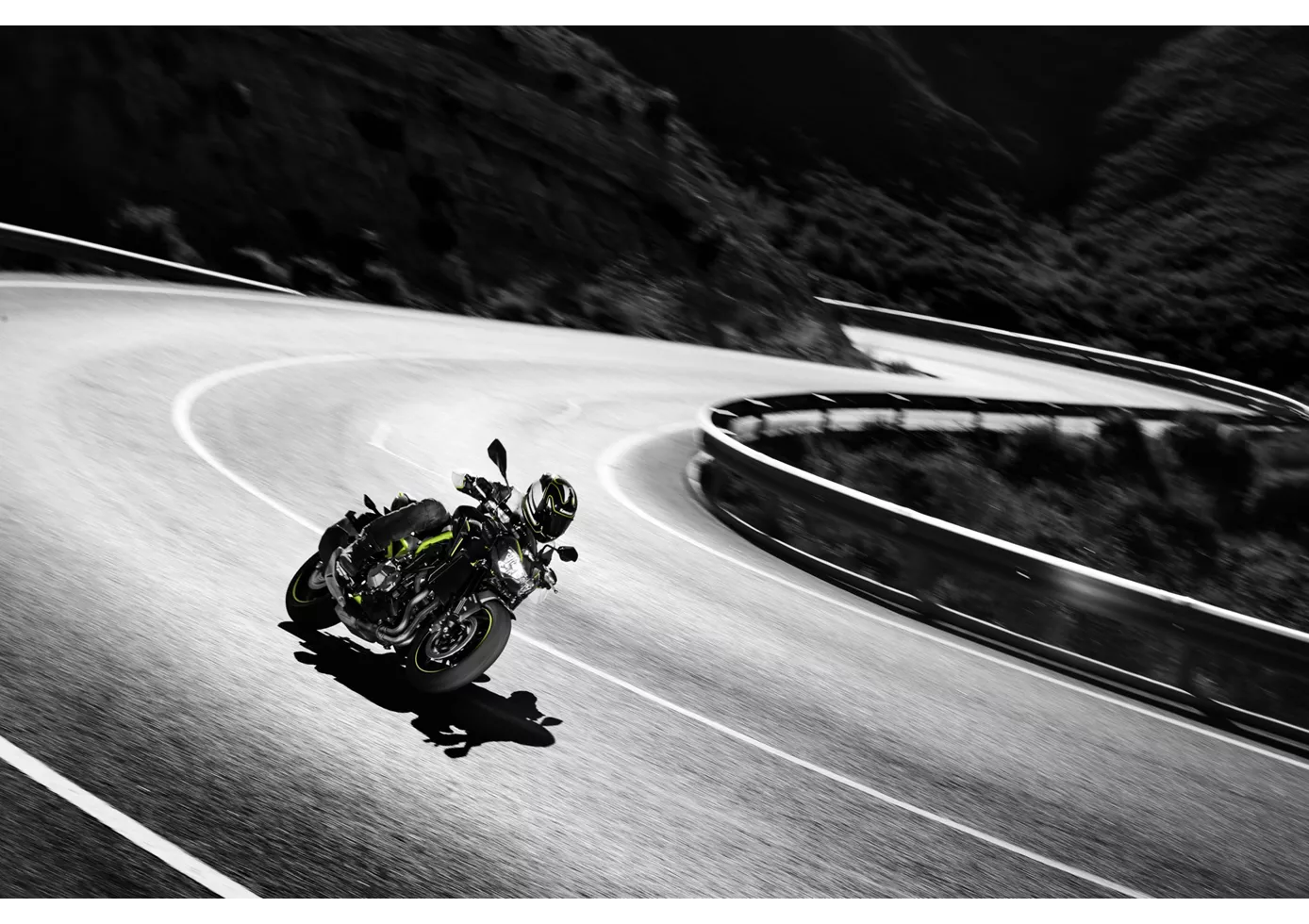
In the hotly contested naked bike segment, the Z900 plays right at the front. Above all, its engine is absolutely terrific, runs incredibly silky and offers rich power in all rev regions - as befits a Japanese four-cylinder. Its sporty, aggressive appearance matches this. It does without electronic bells and whistles, but still conveys a lot of confidence when chasing corners, braking and accelerating out of them. The low seat is especially beneficial for smaller riders, but taller riders might miss a flatter knee angle on long distances. The low weight and compactness make the Z900 particularly agile and easy to handle. A sporting cannon that is also extremely appealing in terms of price
Price Comparison Avarage Market Price Suzuki SV 650 vs Kawasaki Z900
There are a few key differences between a Suzuki SV 650 2017 and a Kawasaki Z900 2018. In terms of price, the actual average price of a Kawasaki Z900 2018 is about 51% higher. Compared to Kawasaki Z900 2018 there are less Suzuki SV 650 2017 bikes available on the 1000PS.de Marketplace, specifically 6 compared to 55. With 112 days it takes the same amount of time to sell a Suzuki SV 650 or a Kawasaki Z900. Since model year 2005 1000PS.de editors have written 25 reviews for the Suzuki SV 650 and 46 reviews for the Kawasaki Z900 since model year 2017. The first review for the Suzuki SV 650 was published on 9/26/2008 and now has more than 14,200 views. This compares to more than 93,200 views for the first review on Kawasaki Z900 published on 11/11/2016.
